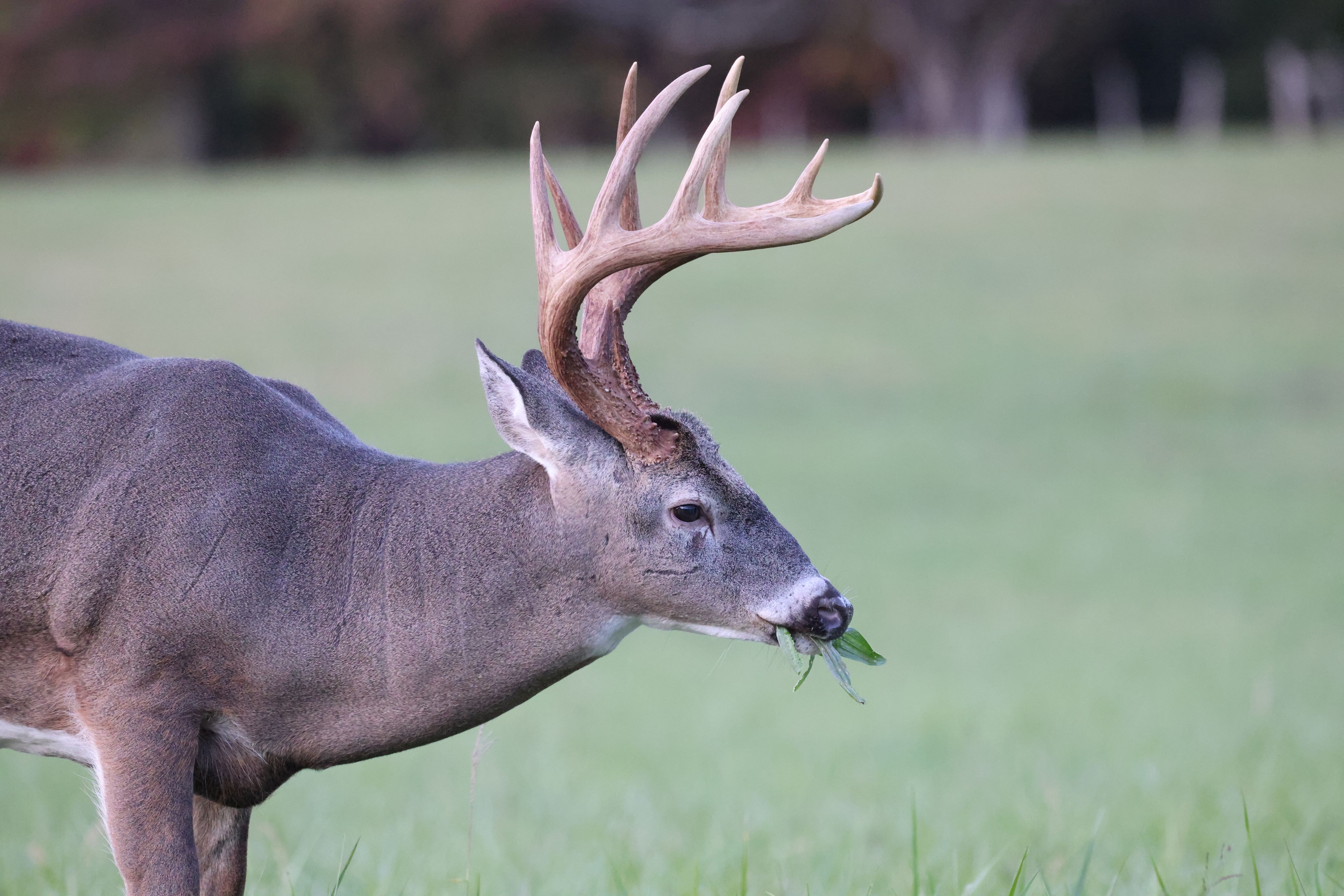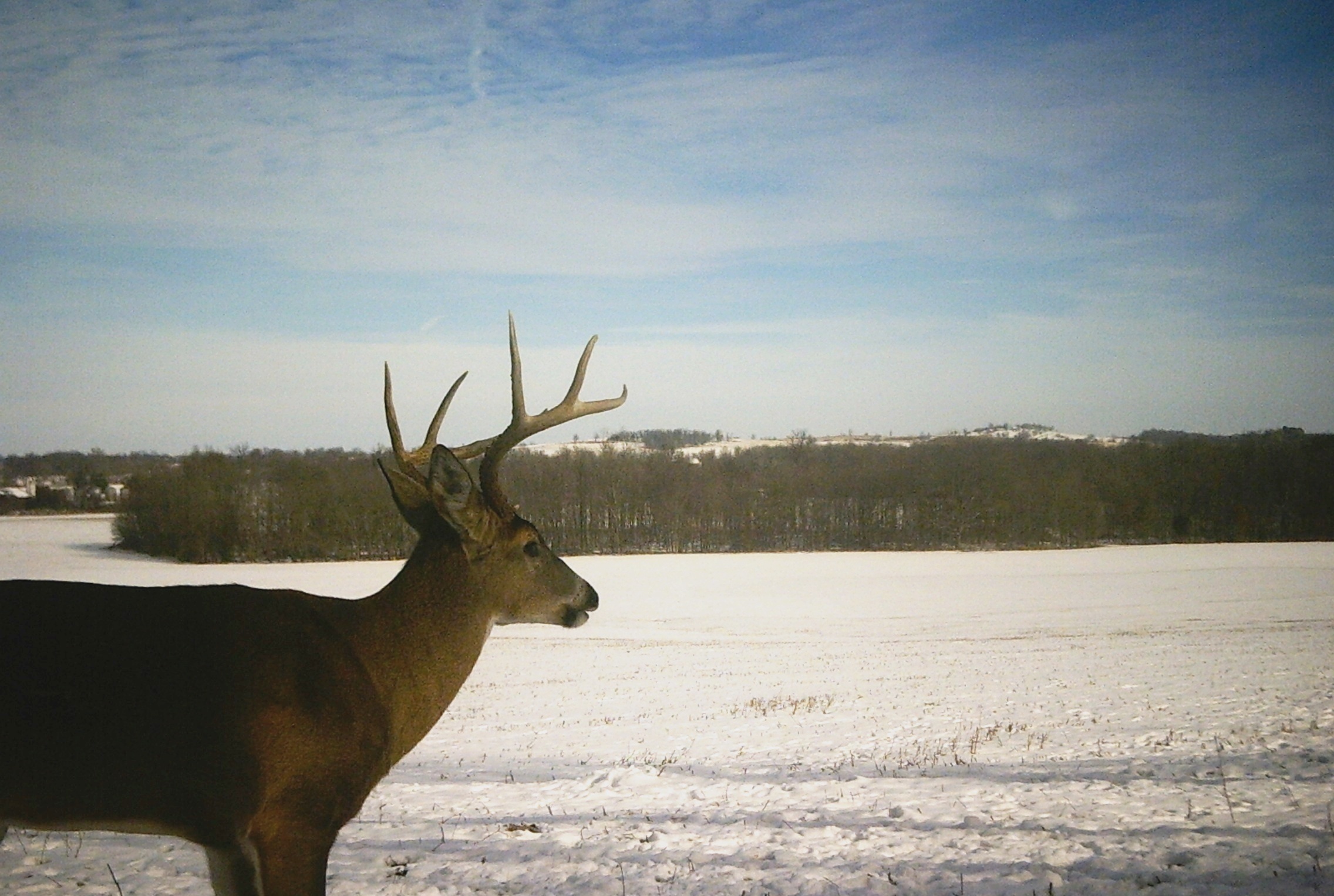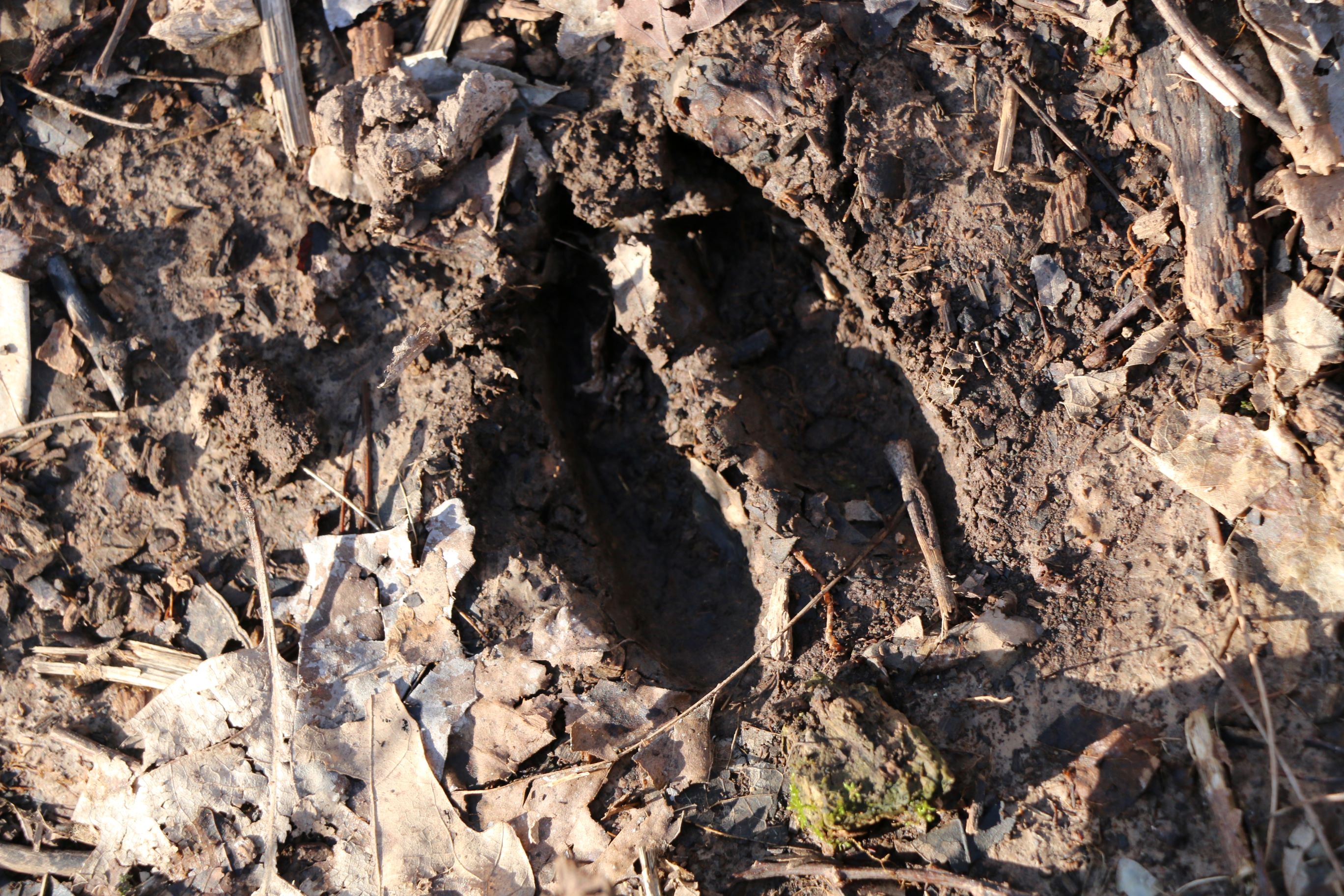
The average annual home range of a whitetail buck is about 650 acres. Of course, this number fluctuates in different areas. For example, a deer that doesn’t have to travel as far throughout the year to meet its needs might live in a smaller area. Conversely, a deer that must travel further to survive might live in a larger area. Habitat quality controls this. Each deer has one home range, which is usually organically shaped and can take many different forms depending on where its needs are located.
However, a buck’s home range is not the same thing as its core area. Each deer will likely have multiple core areas that are used at different points throughout the season. At any given time, a mature buck spends most of its time within its core area, which is usually 30-50 acres.

Knowing where a mature buck spends its daylight hours is a crucial part of the scouting.
Core Area Defined
A core area is the small percentage of the landscape a deer spends most of its time on. Like home ranges, core areas aren’t circular or square, as often depicted. Instead, these usually take organic shapes with curved lines for boundaries. These might even be hourglass-shaped or three-pronged, with two or three large areas with significant distance and thin lines of long-distance travel between them. They change and transition from one core area to the next throughout the season as they target different bedding areas, food sources, reproductive needs, and more. Naturally, there are different parts to the core area.
The Hub: The Bedding Area
The center of a buck’s core area is the bedding area. This is where the deer spends the bulk of its daylight hours. Most mature bucks don’t venture very far outside of their bedding areas during daylight. That’s why hunters rarely see big bucks out in large fields unless severe conditions push them to move that far during daylight. Therefore, deer hunters who routinely have success learn the where, when, and how of hunting the fringes of buck bedding areas.
The Second Layer: The Staging Areas
Staging areas are located just outside of bedding areas. Oftentimes, these look very different from one to the next. It might be a patch of native grasses, stand of dense briars, high-stem count area with a lot of young trees, or another type of early successional cover with deer trails weaving through them. What makes these a staging area is immediate adjacency to a bedding area along a commonly used line of movement to and from food sources.
Because of a buck’s tendency to spend most daylight hours in a bedding area, you’re less likely to see a mature buck in a staging area during daylight, but more likely to see it there than in a destination food source, such as an ag field or open timber full of acorns. That said, staging areas commonly offer minor food sources and small watering holes, where bucks can be found.
The Exterior Layer: Food and Water Sources
The outermost layer of a buck’s core area might include minor food sources, and the fringe of major food sources. It might even include one or more water sources. However, it’s rare to see bucks use these portions of their core area or home range during daylight. Exceptions include very early in the season, during the rut, or on high-odds days when the conditions spark more movement (such as low temperatures or snow events).
The Goal: Determine Lines of Movement
As a deer hunter hoping to tag a mature buck, the goal is to learn a buck’s core area. Understanding where it sleeps, feeds, and waters is crucial for success. Likewise, determining its lines of movement between each location is a must for understanding where to place tree stands and ground blinds.
These lines of movements — also referred to as deer trails or travel routes — are good spots to intercept a target animal. Of course, unless your target buck is making it to staging areas or food sources during daylight, setting up closer to a bedding area increases the odds of seeing a buck during legal shooting hours. Again, the exception is during the early season before deer experience hunting pressure, during the rut when whitetails naturally cover more ground, and during the late season when snow and lower temperatures force deer to move.

Use trail cameras effectively to determine a mature buck’s core area.
Bonus: Is That Deer a Core Buck, Or Not?
So, the question is, is that buck you’ve got on your trail camera a core buck, or not? Meaning, is that buck’s core area located on your hunting land, or on a neighbor’s?
To determine this, examine your trail camera intel. If cameras are deployed in an effective manner, you should be able to gauge whether that deer is spending most of its time on your tract of land, or on an adjacent one. If you’re seeing a lot of daytime trail camera photos, or photos within 30-45 minutes of daylight, chances are good that deer is a core buck (with its core area on your land). Additionally, if you’ve seen a deer in person while in the field, that’s a good sign, too.

Pair trail camera scouting with in-the-field efforts to learn a buck’s core area.
If you’ve never seen the deer in person despite a lot of time spent in the field, or if most of your trail camera photos are at night (not within an hour or two of daylight), chances are good that deer isn’t a core buck. Furthermore, if you go days or weeks without a trail camera sighting of the deer, that’s an even better indicator it’s not a core buck and is living on another tract of land (or somewhere your trail cameras aren’t deployed).
All things considered, knowing what a mature buck’s core area looks like is a vital part of deer hunting. Understanding how to pick it apart, how individual target deer use it, and where you can intercept their lines of movement, is the bulk of the challenge. Then, it’s up to good execution and a trigger pull.
Article by Josh Honeycutt
Photos by Honeycutt Creative



